Luckenbach House
1887 – J.L. Frank
1441-1443 ½ Carroll Avenue – map
Declared: 5/3/78
Designed by architect J.L. Frank and built by William Rommel & Co. at a cost of $10,000 in 1887, this Victorian structure was originally a single family, ten-room residence for businessman James S. Luckenbach. The most interesting period in the house’s history, though, is when the house was a hospital back in the early 1900s.
Kaspare Cohn (born 6/14/1839 in West Prussia), in 1902 donated the building and “a considerable sum of money” to the Hebrew Benevolent Society. The home had been rented out as the Wooley Sanitarium, but now, Cohn, who’d go on to found the Commercial and Savings Bank in 1914 (it’d later be renamed Union Bank & Trust Co. of Los Angeles), wanted a hospital to cater to L.A.’s Jewish community (he was president of the Temple B’nai B’rith congregation) as a memorial to his late brother, Samuel. (Kaspare gained his fortune in a variety of ways, but I can tell you he sure made a bundle when he and his partners sold the La Puente rancho to Lucky Baldwin for $250,000.)
From the USC Digital Archive.
Officials dedicated Kaspare Cohn Hospital at 3:00 p.m. on September 21, 1902, with a pair of nurses overseeing a dozen beds. Memorial rooms were donated at $250 each, beds at $100 each. While there was a stated policy that “only Jews will be admitted”, the Society’s president, J. Schlesinger, told the press the hospital wouldn’t refuse care to anyone “whose case needs attention.” The hospital was not only free, but it was also the sole institution in the city where tubercular patients would be admitted, your only option in the area being the County Hospital, and its reputation wasn’t all that sterling. Dr Phillip Newmark was the physician in charge at Kaspare Cohn Hospital.
Take a look at this chunk of a 1906 Sanborn Fire Insurance Map. See where the hospital is, then compare (and contrast!) the image with this one, from twelve years prior.
In late 1903, a Los Angeles Times article announced Miss Mae Comport, who joined Kaspare Cohn’s staff at the age of twenty-two when it opened and had served as its superintendent for half a year, was the youngest hospital superintendent in the United States. When the write-up appeared that December, the hospital was claiming just six deaths in its short history of one hundred patients. By this time, there were fifteen beds with an average of eight patients at any one time.
Mae/May
When hospital officials purchased an adjoining lot and announced plans for an expansion that would include space for paying patients, neighbors, unhappy with “lungers” being within breathing distance, ratcheted up their dissatisfaction a few notches. In early 1904, city council asked for an ordinance barring any facility treating tuberculosis patients from within 250 feet of a residence, schoolhouse, or church. Deferred temporarily, that action had the hospital announcing by January 1905 its intention to sell the building and relocate just outside city limits.
Later that year, Dr Sarah Vasen, one the city’s first female doctors, became Kaspare Cohn Hospital’s resident superintendent, living at the Carroll Avenue house and remaining with the hospital until its move five years later.
Let’s jump to September 1909 when the hospital awarded building contracts for a pair of new structures on a five-acre plot on Stephenson Avenue (renamed Whittier Boulevard in 1922) between Dorris and Calhoun Streets in Boyle Heights. Edelman & Barnett were the architects behind the new complex, which would sport a fifty-bed main hospital and a tubercular ward with another ten cots. The new Kaspare Cohn Hospital was dedicated in June the following year. Per the request of the Cohn family (Kaspare Cohn died on November 19, 1916), the hospital was renamed Cedars of Lebanon Hospital in the summer of 1929. A new home for Cedars was dedicated on Fountain Avenue on May 10, 1930. It merged with Mount Sinai in 1961 to form Cedar-Sinai Medical Center.
Back to the landmarked Victorian. Alterations in the 1930s enlarged the front porch to allow for another door as the Queen Anne house was carved into four separate units, which is its make-up today.
From L.A.'s Department of City Planning, here's a shot, maybe from around the designation in the late 1970s?
Unless the street gets more designations, we’ve got just one more landmark on Carroll Avenue to visit, and that’s HCM No. 399, the Bates House, which we’ll see about a year from now. Don't go anywhere.
Sources:
“Hebrew Hospital.” The Los Angeles Times; May 9, 1902, p. A6
“Jews To Open New Hospital” The Los Angeles Times; Sep 21, 1902, p. B7
“Hebrews Dedicate Kaspare Cohn Hospital.” The Los Angeles Times; Sep 22, 1902, p. 144
“Youngest Manager of Hospital Work.” The Los Angeles Times; Dec 6, 1903, p. A1
“Care of Indigent Consumptives.” The Los Angeles Times; Jan 26, 1904, p. A2
“Tubercular Case” The Los Angeles Times; Apr 9, 1904, p. A2
“Jews Extending Benevolent Work” The Los Angeles Times; Jan 23, 1905, p. I5
“Hospital Will Be a Model.” The Los Angeles Times; Sep 5, 1909, p. V1
Up next: (Site of) Franklin Garden Apartments
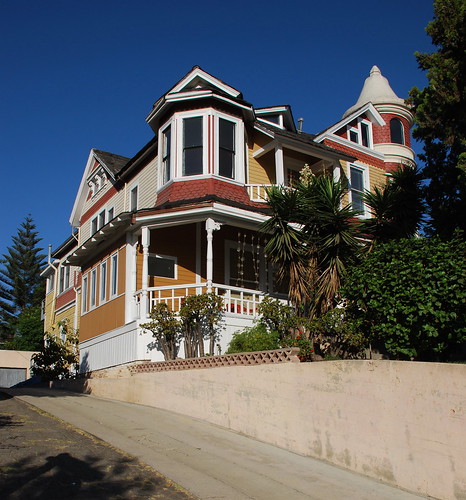


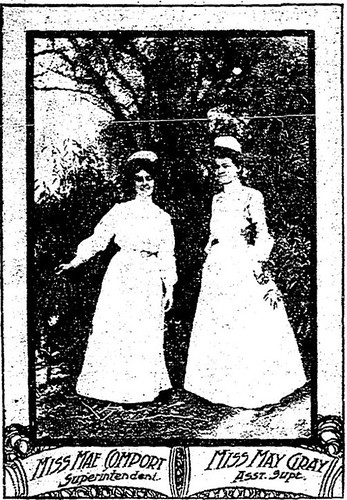

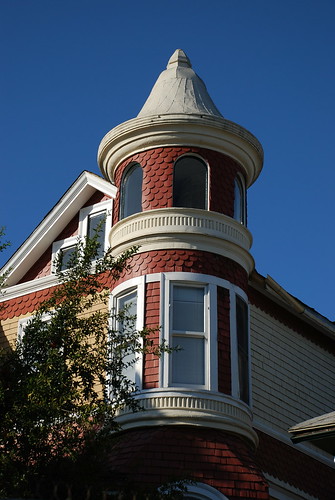
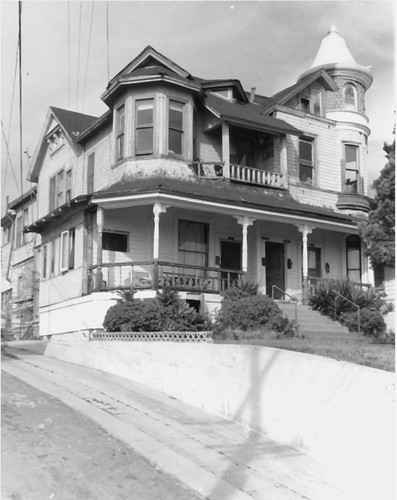
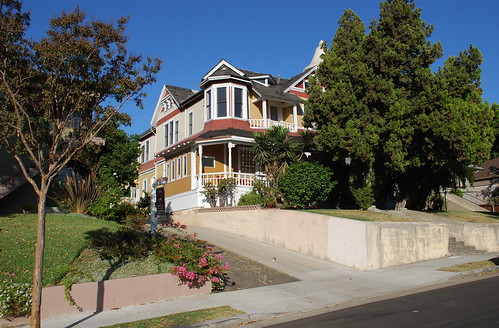

No comments:
Post a Comment